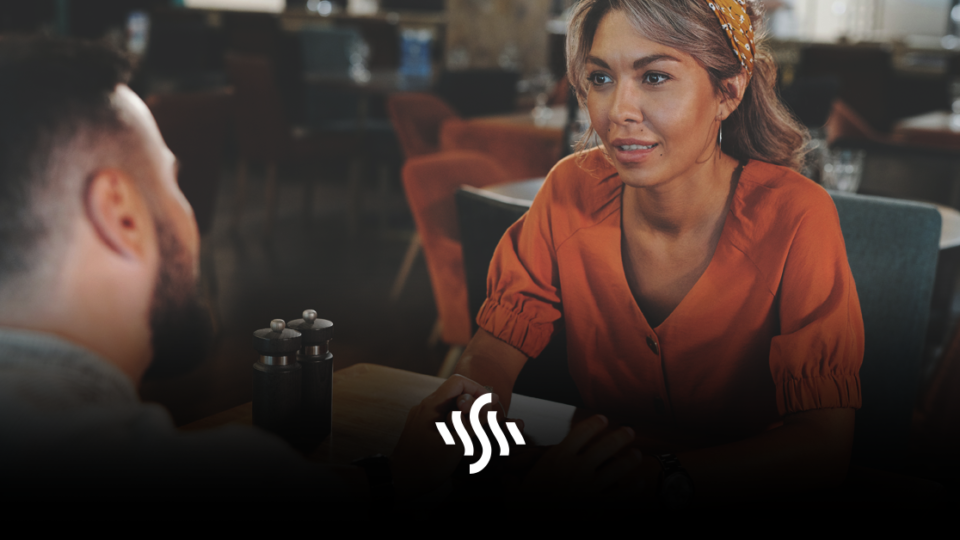Shot Reverse Shot Explained | How to Film Reactions
Get to know different techniques and uncover your own creative style as a filmmaker. We’re looking at what the shot reverse shot in film is!
When watching a film, we all like to feel in on the action. The more immersive a cinematic experience, the more engrossed we become as audience members. The satisfaction that comes from feeling as though you were a part of another world for a couple of hours is what most filmmakers strive for.
Iconic and lauded filmmakers that manage this consistently usually have their own signature style. A personal style or recognisable form can be developed once the basics have been mastered. If you’re a student filmmaker, you might be tasked with considering what your cinematic signature move might be. One brilliant but relatively simple filming technique is the shot reverse shot.
What Is the Shot Reverse Shot?
In film, there are countless framing and camera techniques that create varying effects and yield different results. Knowing what each one is and what it does will help unlock certain feels to your filmmaking.
The shot reverse shot is a framing technique that enables the editor to create the feel of continuous action in a scene. Used for shooting interaction between characters, over the shoulder shots are used to film dialogue or capturing reactions.
By using two cameras at the same time, pointed at the faces of each character in the conversation, the editor can make it appear as though the conversation is happening linearly and in real-time. This is what then create the sense of continuity, and helps audiences become engrossed in the conversation.
How to Use this Technique
As with any filming or camera technique, there are appropriate times and ways of using them. Throwing the shot reverse shot in without considering its impact or whether it’s really necessary can take away from its usual power.
To set up this kind of shot, you’ll need a minimum of two cameras. These will be placed opposite one another, with one pointing at an actor each. The most basic approach to this shot is going for the over the shoulder shot. This lets you film a character whilst they’re speaking to another. From here you can either cut to the other character for their response, or you could go in tighter on the first actor to capture their reactions.
Once you’ve nailed this basic approach, you can get creative with details. For instance, playing with lighting and shadows to infer different meaning. Or, you can switch from steady footage to shaky handheld, to suggest a chaotic and less stable atmosphere. Check out this article from Studiobinder for a detailed look into the different ways you can style this framing technique.
Examples of Shot Reverse Shot
Again, from Studiobinder, the video below gives brilliant examples of a variety of applications for the shot rever shot.
You don’t have to have multiple characters involved when using this framing technique. Take this example from Spiderman. The technique is used to capture an interaction that takes place between one character and themselves. This helps to create a separation between Willem Defoe as Norman Osborn and Green Goblin.
The Coen brothers are directors that are fans of this framing technique. Once you become comfortable with how to set up the shot reverse shot, you really open up a world of possibilities both in terms of technical filming and creative storytelling.
